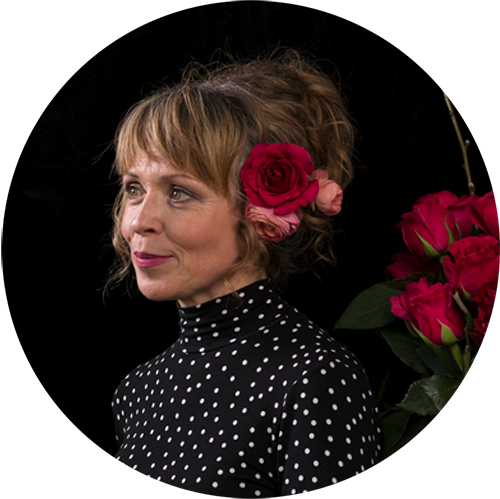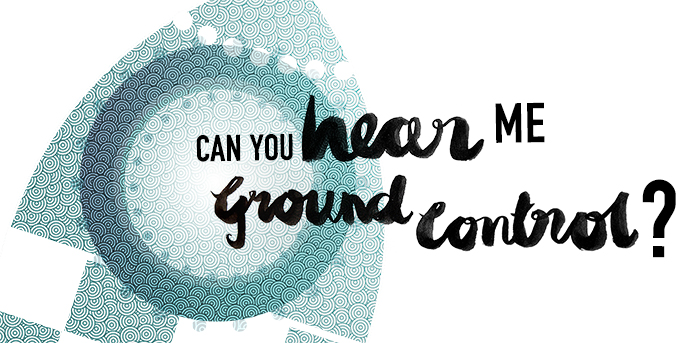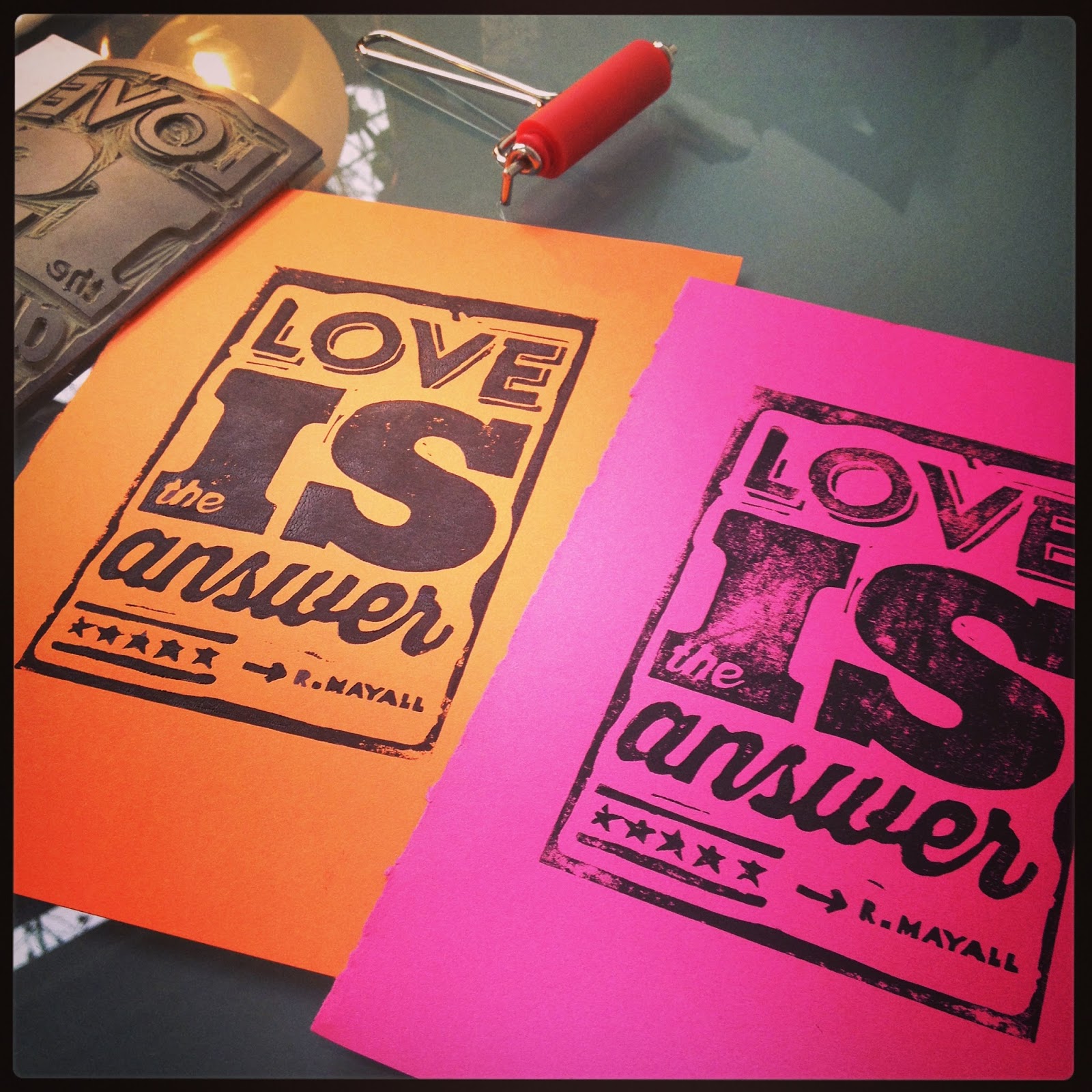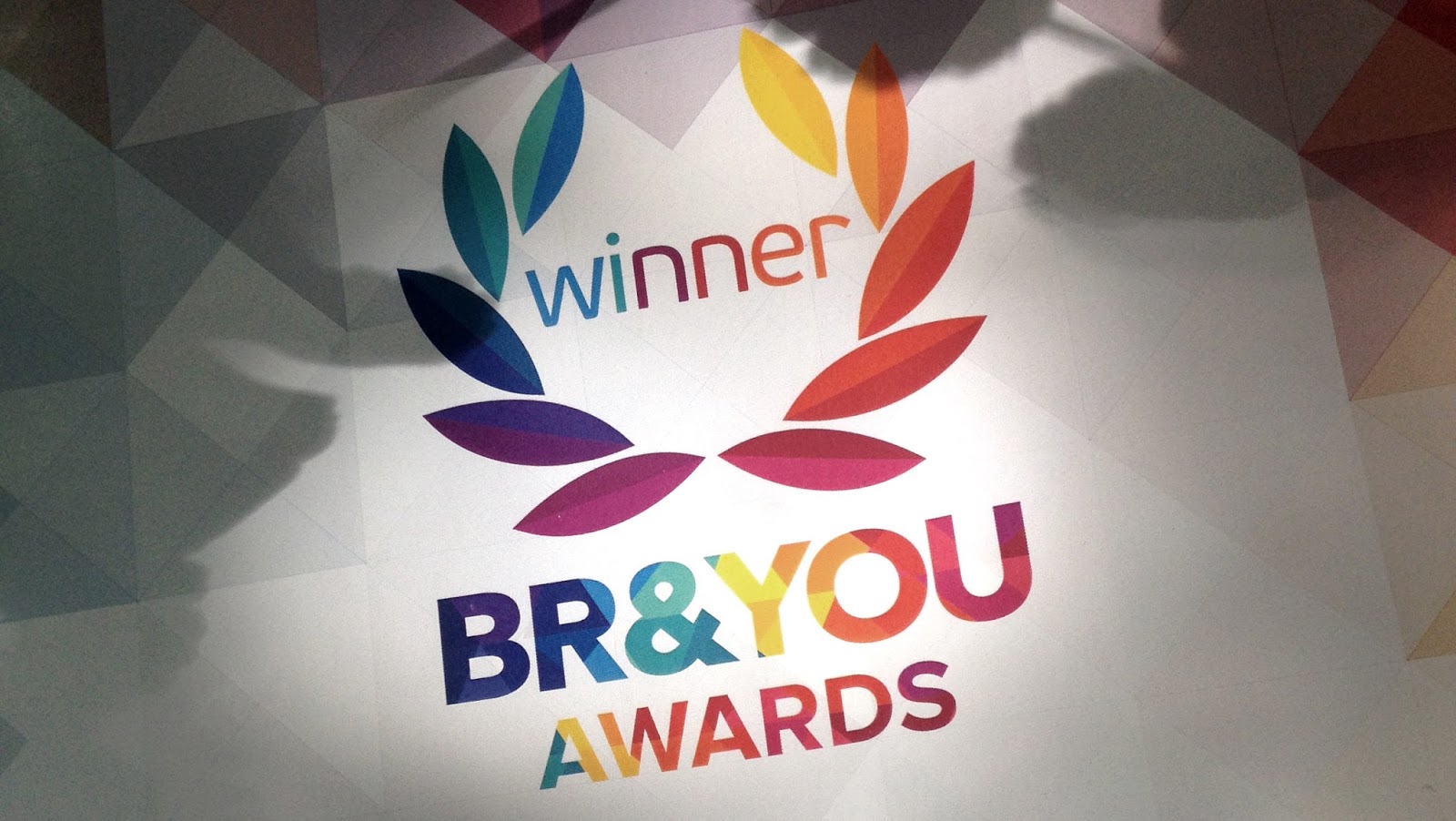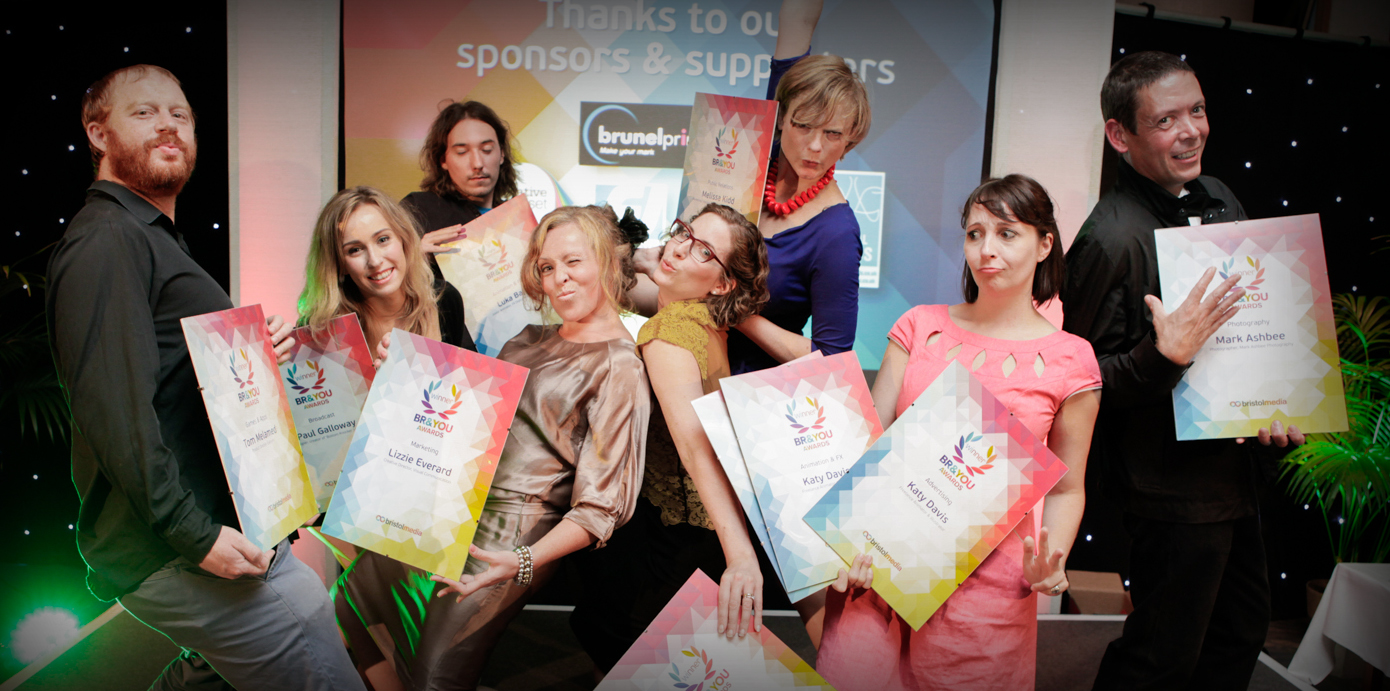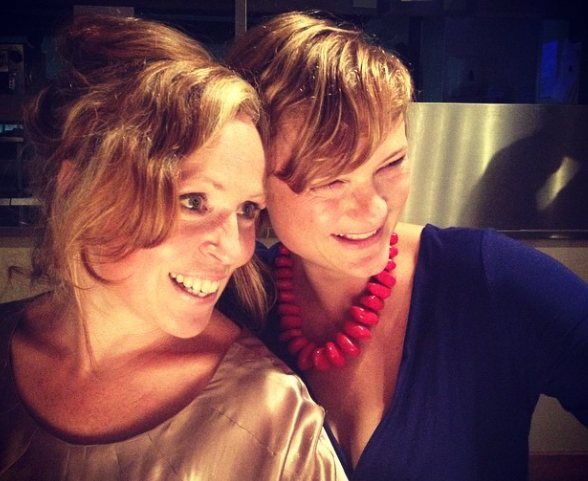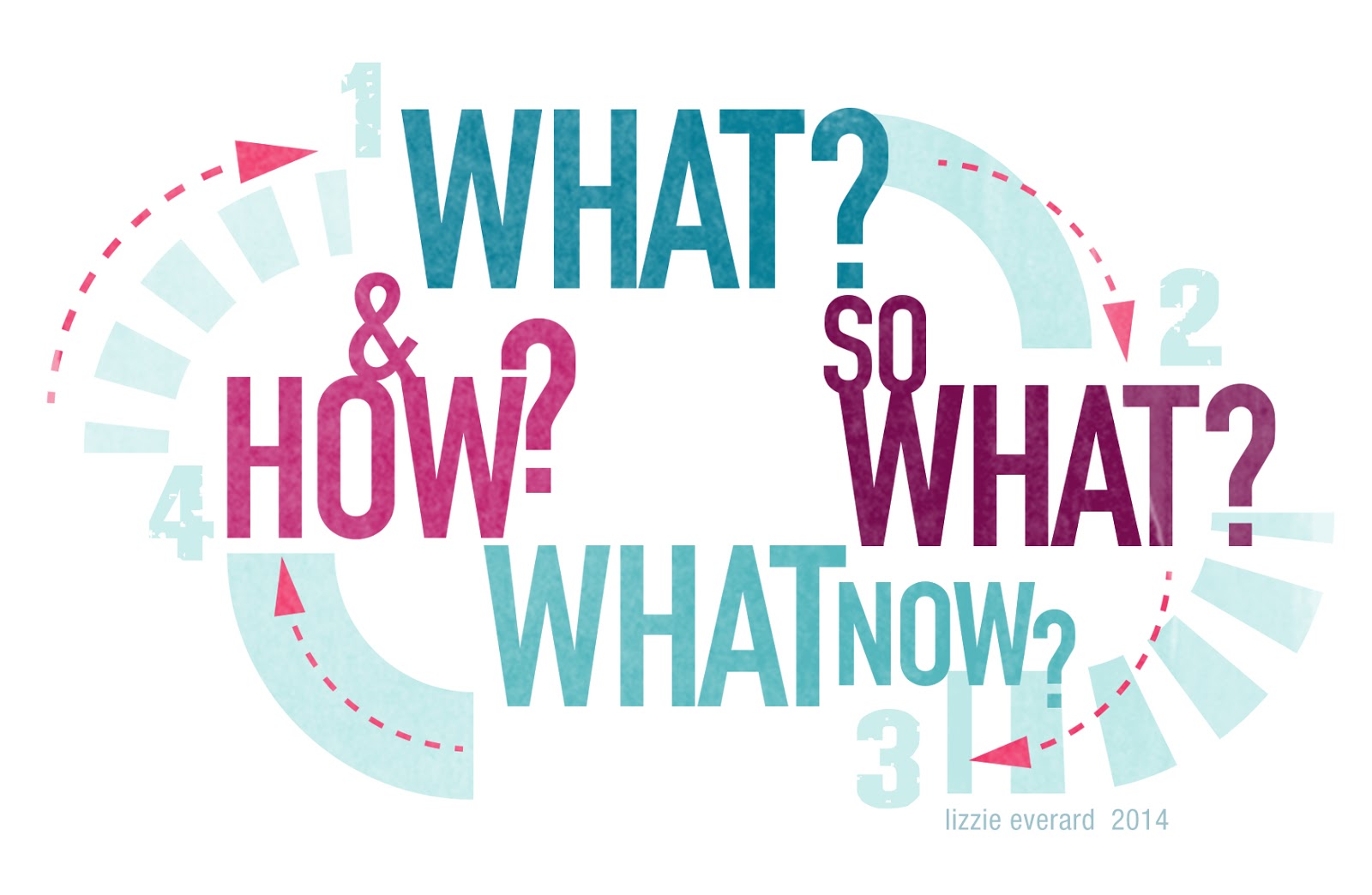Here at my desk I’m dreaming back on those easy days of barefoot slobbing on balmy sites in France this summer, taking a designer’s aesthetic and organisational pride in the state of our pitch in order that maximum camp satisfaction can be achieved.
Let me tell you, this wouldn’t happen without The Grey Box. The Grey Box is like our Mission Control, full of essential camping weirdness (mallet to lighters to multitools, tealights and tent pegs, etc) that keeps a trip going smoothly. By far, it takes up the most space in the boot but we’d be lost without it.
And why do you need to know about The Grey Box?
Because having a lovingly prepared kit box makes the difference between shambolic and triumphant operations.
We all need a work-related ‘Grey Box’ when it’s time to get our great messages out, I reckon. A kit of parts that has a useful tool tucked away for certain occasions – right through from a simple business card to a big, bold manifesto.
In my visual world, I want ideas to be the heroes, and I think the world needs much better words and ideas to focus on. So it figures that we need loads of different ways to make sure that happens*.
*I ran through some of these in my last post.
If being prepared can only be born of experience, making clanging errors and learning from them, then it’s alright to take time to build your kit box slowly but surely. Watching your business grow over time, you will learn what works and what doesn’t for you, for your style and what you have to say.
You may hit moments of horror or frustration, realising there’s a key piece of stuff missing from your kit yet not enough time to get that together (eg. “Agh, wouldn’t it be perfect if I’d done that little booklet and could give her this right now!”)
Nevermind, I say. You will figure it out, because your message and ideas grow from travelling a brave path that’s taken a lot of graft to follow, and if you just turned up in your pants alone I bet you’d still communicate the lovely essence and quality of all you hold true. (BTW. Please don’t just turn up in your pants. That was not an invitation.)
Communicating your lovely ideas is an adventure. It takes time and experience to build the kit you need. Let the path unfold, have fun exploring, see what your people engage with and set up camp there for a while. Listen, and have faith in the journey.
You’ll soon figure out what you need when you find [the thing you didn’t know was a thing] is not there in your kit box.
A bit like arriving at your campsite and realising the rubber hose connecting the gas bottle to the cooker is missing… (sorry about that M – add it to the checklist?)
So, wherever your adventures in thought and work and life take you, happy devoted kit building, people!
